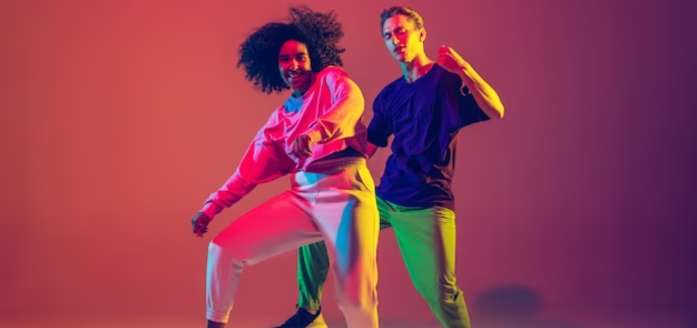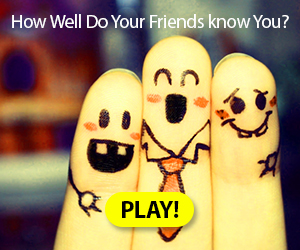Advertisement

The evolution of dance crazes
Dance crazes have been an integral part of pop culture, influencing generations and leaving an indelible mark on the way we move and groove. From the roaring twenties to the digital age of TikTok, the evolution of dance crazes has reflected societal shifts, music trends, and the constant desire for self-expression. In this exploration, we'll journey through the decades, tracing the vibrant evolution of dance crazes that have captivated hearts and dance floors worldwide.
1920s-1930s: The Roaring Twenties and The Charleston
The Charleston, born in the speakeasies of the 1920s, was a dance that encapsulated the spirit of the Jazz Age. Characterized by lively kicks and syncopated footwork, the Charleston was a rebellion against traditional dance forms. It marked a cultural shift, reflecting the exuberance and newfound freedoms of the post-World War I era.
1950s-1960s: The Twist and The Mashed Potato
The Twist, popularized by Chubby Checker in the early 1960s, brought a new era of dance simplicity. Its signature move, a twisting motion of the hips, became a global phenomenon. The Mashed Potato, with its mashed potato-like hand movements, also took center stage. These dances, born from rhythm and blues influences, became emblematic of the carefree spirit of the post-war period.
1970s-1980s: Disco Fever and Breakdancing
The disco era brought dance floors alive with moves like the Hustle, emphasizing partner work and fluid movements. Meanwhile, the late 1970s witnessed the rise of breakdancing, with acrobatic spins, freezes, and power moves taking center stage. Breakdancing, originating from the streets of New York, became a global phenomenon and laid the groundwork for hip-hop dance culture.
1990s-2000s: The Macarena and Hip-Hop Dance
The Macarena, with its catchy tune and simple dance steps, became a worldwide sensation in the mid-1990s. It showcased the power of globalized pop culture. Simultaneously, hip-hop dance styles, including the Cabbage Patch, the Running Man, and the Dougie, gained prominence. These dances, often associated with specific songs, became a form of self-expression for a new generation.
2010s-Present: The Whip/Nae Nae and TikTok Challenges
Social media platforms like Vine and TikTok have reshaped the landscape of dance crazes in the 21st century. The Whip/Nae Nae, originating from the song "Watch Me" by Silento, became a viral sensation, and its dance moves were imitated by people of all ages. TikTok, a platform built on short-form videos, brought about an era of viral dance challenges, such as the Renegade and the Savage Love dance.
Conclusion:
The evolution of dance crazes mirrors the changing tides of society, music, and technology. From the rebellious Charleston of the 1920s to the globalized phenomena of TikTok challenges, dance crazes continue to shape and reflect our cultural landscape. Each era introduces new moves, rhythms, and expressions, creating a tapestry of dance that transcends generations. As we continue to navigate the dance floor of life, one thing remains certain: the beat goes on, and so does the evolution of dance crazes.




